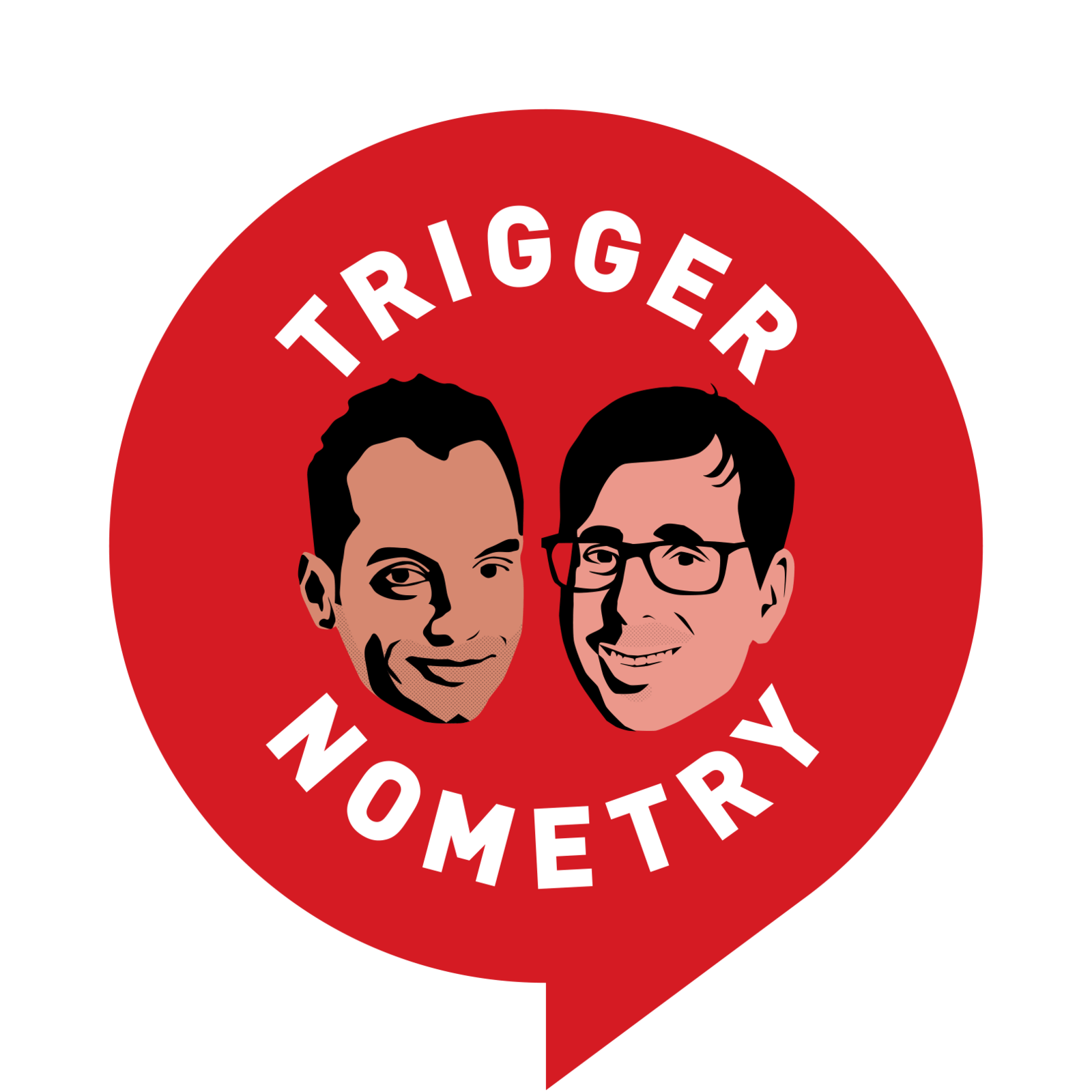PortalsOS
Related Posts
Vote to see vote counts

The Mongols would stack bodies and build platforms over them, crushing people with timbers while they moaned. It's documented that survivors were left to tell these horrific stories.

The exploration ethic of Europeans led to global discoveries, a trait not shared by other civilizations at the time.
Despite his brutal history, Genghis Khan is beloved in Mongolia, with statues in his honor. Historically, he was doing what everyone else was doing, just more effectively.

The conversion of the Franks to Catholicism was a strategic alliance with the local ruling class, enabling them to become the predominant military power in Western Europe. This contrasts with the Visigoths and Ostrogoths, who opposed the local ruling class by adhering to Arianism.
Genghis Khan was the greatest warlord of all time. He killed so many people that he changed the carbon footprint of Earth.
The Mongol invasions had a devastating impact on Inner Asia, leading to significant population loss and cultural disruption.
The Catholic Church in medieval Europe allowed for a surprising amount of political discourse, providing structures for what could be agreed upon and what could not. This openness to disagreement is a notable aspect of the Church's influence at the time.
In the High Middle Ages, the Catholic Church's influence was so pervasive in Western Europe that it shaped the very identity of its people. They identified first as Christians rather than Europeans, and this religious framework influenced everything from science to ethics.
During the Dark Ages, the Catholic Church faced theological disputes, particularly with Arian Christians like the Visigoths and Ostrogoths. These groups believed Christ was a man connected to God, not divine. This theological stance led to political tensions and oppression of local Catholics by these Germanic elites.
Universities in medieval Europe originated as Catholic institutions and became key in developing cities as organizational alternatives to the Church. By the 12th century, they began secularizing, showing Europe's rapid adoption of logical traditions from Byzantines and Muslims.